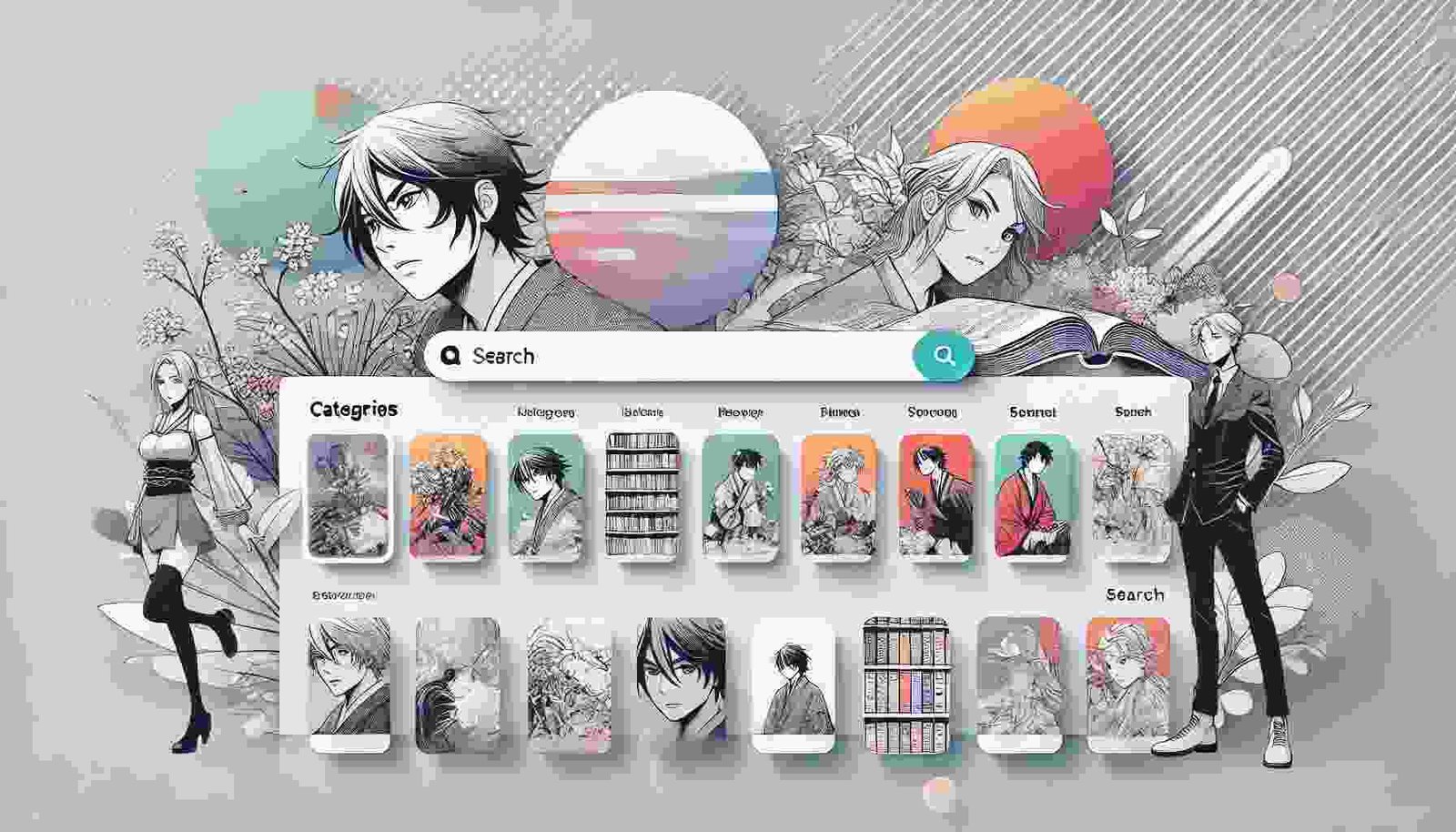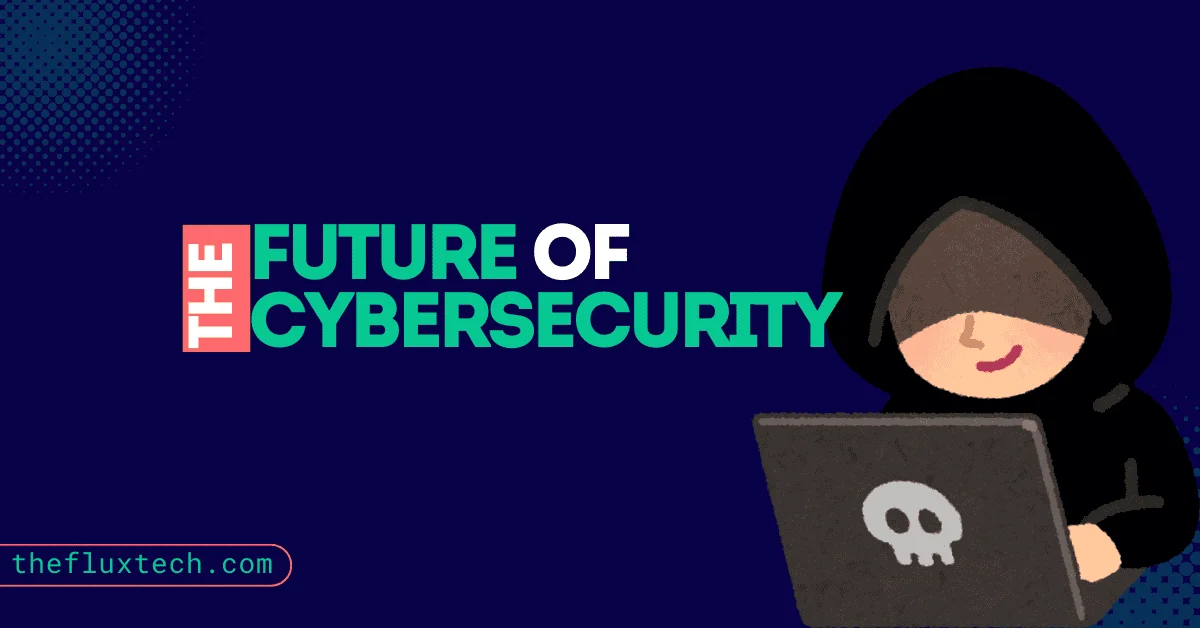In today’s globally interconnected world, education is no longer confined by geographical borders. However, language barriers continue to challenge the accessibility of educational content for diverse audiences.
This is where artificial intelligence (AI) dubbing emerges as a game-changer, enabling the translation of audio content into multiple languages, breaking down linguistic barriers, and fostering inclusivity.
By utilizing advanced algorithms, AI dubbing ensures that students, educators, and content creators can communicate effectively, regardless of language differences.
This article delves into how AI dubbing is transforming education, its advantages, and how it integrates with other AI-driven tools like AI marketing and modern video applications.
What is AI Dubbing?
AI dubbing is an innovative technology that uses artificial intelligence to replace the original audio of a video with translated audio in a target language. Unlike traditional dubbing, which requires significant manual effort, AI dubbing leverages speech recognition, natural language processing, and text-to-speech synthesis to automate the process. The result is a time-efficient and cost-effective way to produce high-quality multilingual content.
For example, educators and institutions can now provide lecture videos dubbed into multiple languages without the need for professional voice actors or human translators. This ensures the rapid dissemination of knowledge across cultural and linguistic borders.
To explore more about how this works and how you can incorporate it into your content strategy, visit the comprehensive resource on AI dubbing.
The Role of AI Dubbing in Education
The education sector is increasingly adopting AI dubbing to make learning accessible to a global audience. By translating lectures, course materials, and e-learning modules into various languages, AI dubbing helps institutions expand their reach and empowers students who might otherwise struggle with language barriers.
Benefits for Educational Content:
- Global Accessibility
AI dubbing ensures that educational materials are accessible to students worldwide, promoting inclusivity. A mathematics tutorial, for instance, can be easily dubbed into Spanish, French, or Mandarin, enabling students from diverse linguistic backgrounds to understand the same content. - Cost and Time Efficiency
Traditional dubbing processes involve hiring translators and voice actors, which can be expensive and time-consuming. AI dubbing automates this process, significantly reducing costs and turnaround times. - Scalability
Institutions can use AI to dub hundreds of hours of video content in multiple languages simultaneously, making it an ideal solution for online course providers and educational platforms. - Consistency
AI ensures that the translation is consistent across different videos, maintaining the quality and reliability of the educational material.
How AI Dubbing and AI Marketing Work Together
AI dubbing is not limited to educational content alone. Its potential multiplies when integrated with broader AI marketing strategies. AI marketing leverages machine learning and data analytics to optimize the delivery of content to specific target audiences.

By combining AI dubbing with AI marketing, educators and institutions can effectively tailor their content to diverse learner demographics. For instance, analyzing user engagement data can reveal which languages are most in demand for a particular course, helping institutions prioritize dubbing efforts strategically. Additionally, AI marketing tools can recommend personalized courses to learners in their preferred languages, creating a seamless and inclusive educational experience.
Leveraging Video Applications for AI Dubbing
Modern video applications equipped with AI capabilities have revolutionized how educational content is created and shared. These tools simplify the dubbing process by offering features like speech recognition, automated translation, and voice synthesis. Creators can now dub videos into multiple languages directly within user-friendly applications.
For educators looking to expand their content’s reach, video apps provide an intuitive way to create engaging and accessible materials. These apps allow users to translate and dub their videos without the need for technical expertise, enabling faster content localization for global audiences.
Challenges of AI Dubbing in Education
While AI dubbing offers significant advantages, some challenges remain:
- Accuracy
Ensuring precise translation of complex educational materials, such as technical or scientific terms, requires robust AI models and human oversight. - Cultural Sensitivity
Translations must respect cultural nuances to avoid misinterpretations and ensure that the content remains relevant and respectful. - Voice Authenticity
While AI-generated voices are improving, some users may still prefer the natural tone and emotional resonance of human voiceovers. - Technical Barriers
For educators and institutions in low-resource settings, the technology’s infrastructure requirements might pose a challenge.
The Future of AI Dubbing in Education
The future of AI dubbing lies in its continuous evolution. With advancements in AI technology, we can expect more accurate translations, natural-sounding voice synthesis, and improved cultural sensitivity. The integration of AI dubbing with other educational technologies, such as virtual reality and personalized learning platforms, is likely to redefine the learning experience.
For instance, a virtual classroom powered by AI could provide real-time multilingual dubbing during live lectures, enabling students from different countries to collaborate and learn simultaneously. Similarly, integrating AI dubbing with analytics-driven platforms could offer learners curated content based on their preferences, language, and skill level.
Conclusion
AI dubbing is a transformative innovation in the education sector, offering a practical solution to the long-standing challenge of language barriers. By enabling the translation of educational content into multiple languages, it fosters inclusivity and expands access to knowledge for learners worldwide.
Its potential becomes even greater when combined with tools like AI marketing and video applications. Together, these technologies pave the way for a more connected and inclusive learning environment, where language differences no longer limit access to quality education.
Explore more about creating engaging multilingual content with AI dubbing, learn about broader AI-driven strategies in what is AI marketing, and discover intuitive tools for creating videos with video apps.
By embracing these advancements, educators and institutions can take a significant step toward a future where knowledge truly knows no boundaries.
Till Next 🙂




